Lions have indeed undergone catastrophic declines since the commercialization of livestock ranching and agriculture in Africa, and are now only secure in a handful of and are on the brink of extinction in all but the largest and best-managed protected areas. Outside of these places, lions are in grave trouble. However, with funding, capacity improvement and strong policy, they could make a spectacular recovery and become important assets to rural economies.
We will never know just how many lions there were, but measured trends in recent decades are alarming. Today, lions are extinct in 26 African countries, have vanished from over 95 percent of their historic range, and experts estimate that there are only about 20,000 left in the wild. Though lions still exist in 28 African countries and one Asian country, only six protected area complexes are known to support more than 1,000 lions. Thankfully there they remain safe for the foreseeable future, but in about 60 other protected areas the situation is far less secure.
Lions are currently listed as "Vulnerable" on the International Union for the Conservation of Nature (IUCN) Red List of Threatened Species. In West Africa, the species is now classified as "Critically Endangered”. Any further rapid reclines may see lions listed as “Endangered” across their range.
Lions are most significantly impacted by illegal bushmeat hunting and body part trade, conflict with local people due to livestock depredation, habitat loss and fragmentation and to a lesser extent by unsustainable trophy hunting. The rise of poaching for body parts is especially alarming and might mean the end of many smaller less well-protected lion populations.
As we recognise World Lion Day I thought I'd share a couple of images from some of the more obscure and unusual landscapes that I have been fortunate enough to photograph lions in. Where possible I have shared links and made mention of some of the good people that are working hard to protect not only Lions, but landscapes and eco-systems at large.
I hope you'll fin this post interesting and educational at the same time.
“Protected areas are at the heart of the formula to save Africa’s lions, and to ensure the species lives on, lions and their wild landscapes require nothing short of a wealthy and immediate investment from the global community and a restructuring of the policy environment in most range states,"
Dr. Paul Funston, Lion Program Director, Panthera
The Selous Game Reserve (Nyerere National Park), Tanzania
The Selous Game Reserve is the largest protected game reserve on the African continent covering an area of 54,600 square kilometers comprised of a vast wilderness with forests, grassy plains, mountains and open woodlands. This reserve was named after Frederick Selous Courtney who was a great Hunter and explorer. This reserve is twice the Serengeti National Park in Tanzania and three times Kruger National Park in South Africa providing a very exclusive safari experience. This reserve was established in 1922, and in 1982 it was declared a UNESCO world heritage site thanks to its rich diversity of wildlife and uninterrupted nature.
The Tanzanian national park authority (TANAPA) in 2019 proposed and declared a change of identity of the northern sector of this reserve such that it is known as The Nyerere National Park as a way of honoring President Julius Nyerere who was the first president of Tanzania. Today the boundaries of this Nyerere National Park are being properly established but according to sources it is believed that this park will encompass the photographic sector in the northern part of the reserve and stretch out all the way to the wilderness area of River Rufiji to the south.
I've only ever visited this part of Tanzania in the green season in January and February and absolutely love the incredibly diverse range of photographic opportunities on offer. Lions occur here in good numbers and have provided many hours of entertainment as we have sat and watched them without any other vehicles present.
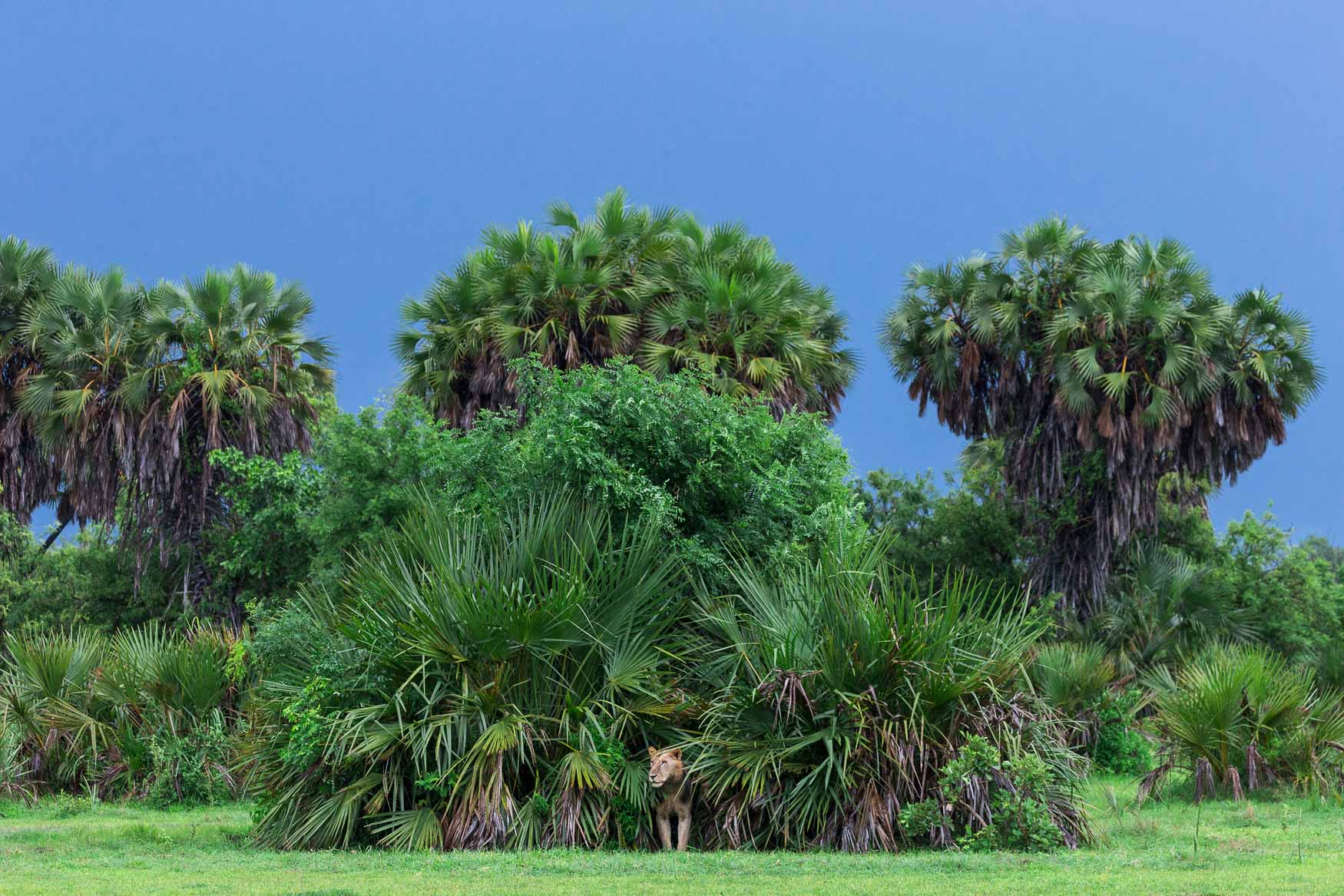
The Hoanib River Valley, Namibia
The Hoanib is one of the 12 ephemeral seasonal rivers in the west of Namibia, where it was the border between northern Damaraland and Kaokoland. Its length is 270 km. With the low population density, the oasis character of the river valley and the relatively high wildlife population of Hoanib, together with the Hoarusib its valley is one of the last true wilderness areas in Namibia.
It is here that one has the best chances of seeing the desert elephants and, if you're lucky and willing to put in the hard work, the desert lions that roam far and wide across this region.
The Desert Lion Conservation Trust, or the “Desert Lion Project”, as it is often referred to, is a small non-profit organisation dedicated to the conservation of desert - adapted lions in the Northern Namib. Headed by Dr Philip Stander, their main focus is to collect important base-line ecological data on the lion population and to study their behaviour, biology and adaptation to survive in the harsh environment. They then use this information to collaborate with other conservation bodies in the quest to find a solution to human-lion conflict, to elevate the tourism value of lions, and to contribute to the conservation of the species.
To see lions in this landscape is a true privilege which we afford guests during our Desert Wildlife of Namibia Safari.
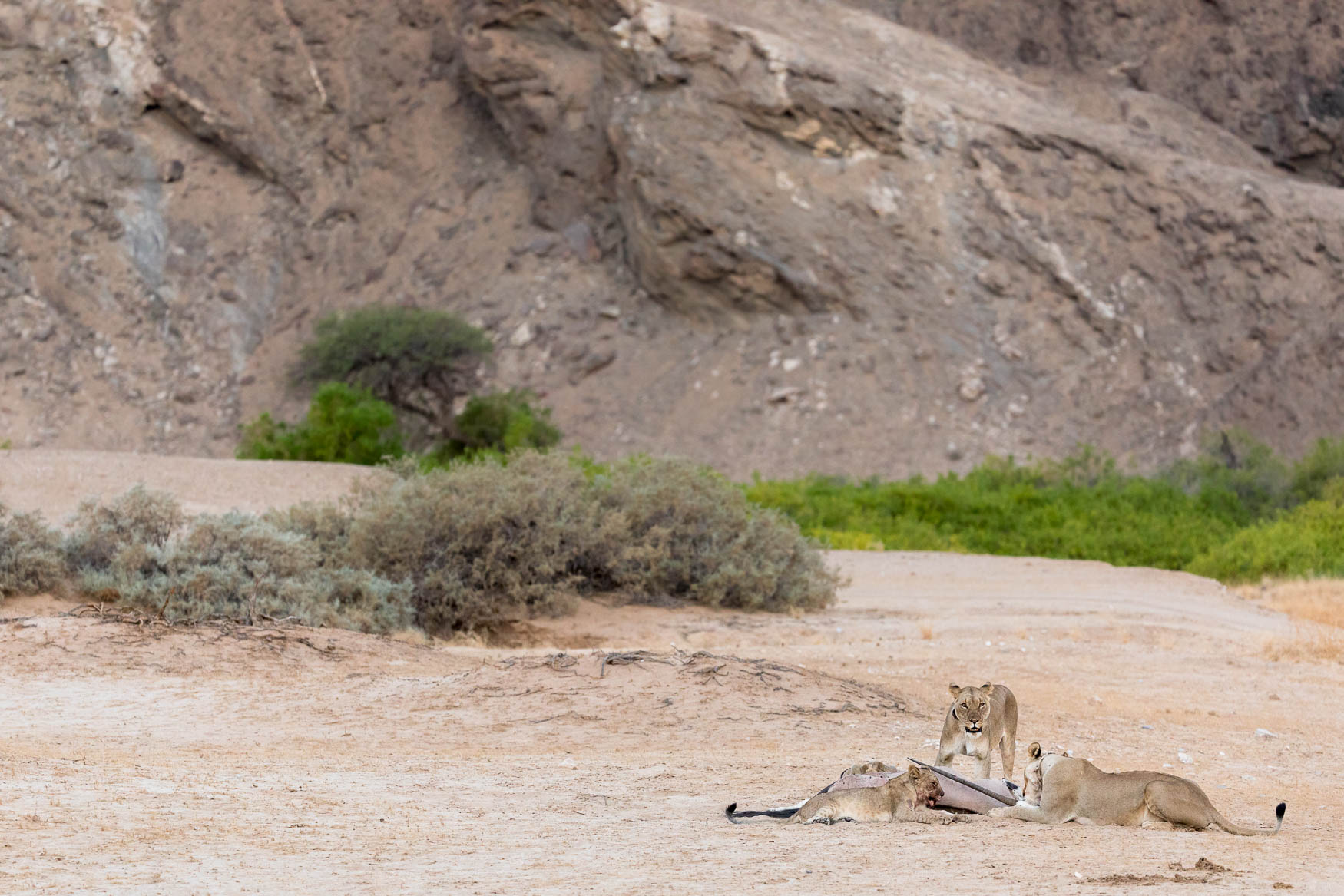
The Busanga Plains, Kafue National Park, Zambia
Dominating the wild north-west of Zambia’s Kafue National Park are the vast Busanga floodplains, a sweeping, seasonally inundated grassland boasting some of the most pristine and diverse habitat in Africa.
The plains are positioned on an ancient lake bed which undergoes regular flooding during Zambia’s rainy season (November to April). During dry spells, the plains are reminiscent of the savannah of the Serengeti plains, distinct from the miombo woodlands which characterise most of Kafue National Park. With an abundance of puku, wildebeest, oribi, bushbuck, red lechwe, sable and roan antelope, Kafue National Park is one of Zambia’s prime game-viewing locations.
The Busanga Plains is one of the best destinations in Africa to see lion and boasts healthy populations of cheetah, elephant and buffalo as well.
Whilst the Busanga Plains is a wildlife haven, the rest of the Kafue national Park has come under severe pressure from poaching and the bushmeat trade over the years. In February of this year the Government of Zambia and African Parks have signed a Memorandum of Understanding (MoU), which will see the implementation of a Priority Support Plan for the protection and development of Kafue National Park.
Signed on Thursday 4th February, the Priority Support Plan will increase technical and financial support for the park worth US$3 million over a period of 12 months.
Minister of Tourism and Arts Honourable, Hon. Ronald K. Chitotela, said the MoU would help Zambia to realize the potential of the Kafue National Park which is Zambia’s prime tourist destination and an internationally renowned wildlife sanctuary.
“It is essential that we invest in the protection of our wildlife and enhance the infrastructure for tourism. Having worked together for 18 years, we believe that African Parks is a partner who can help us to actualize the park’s potential in contributing to the economy and the wellbeing of our people,” the Minister said.
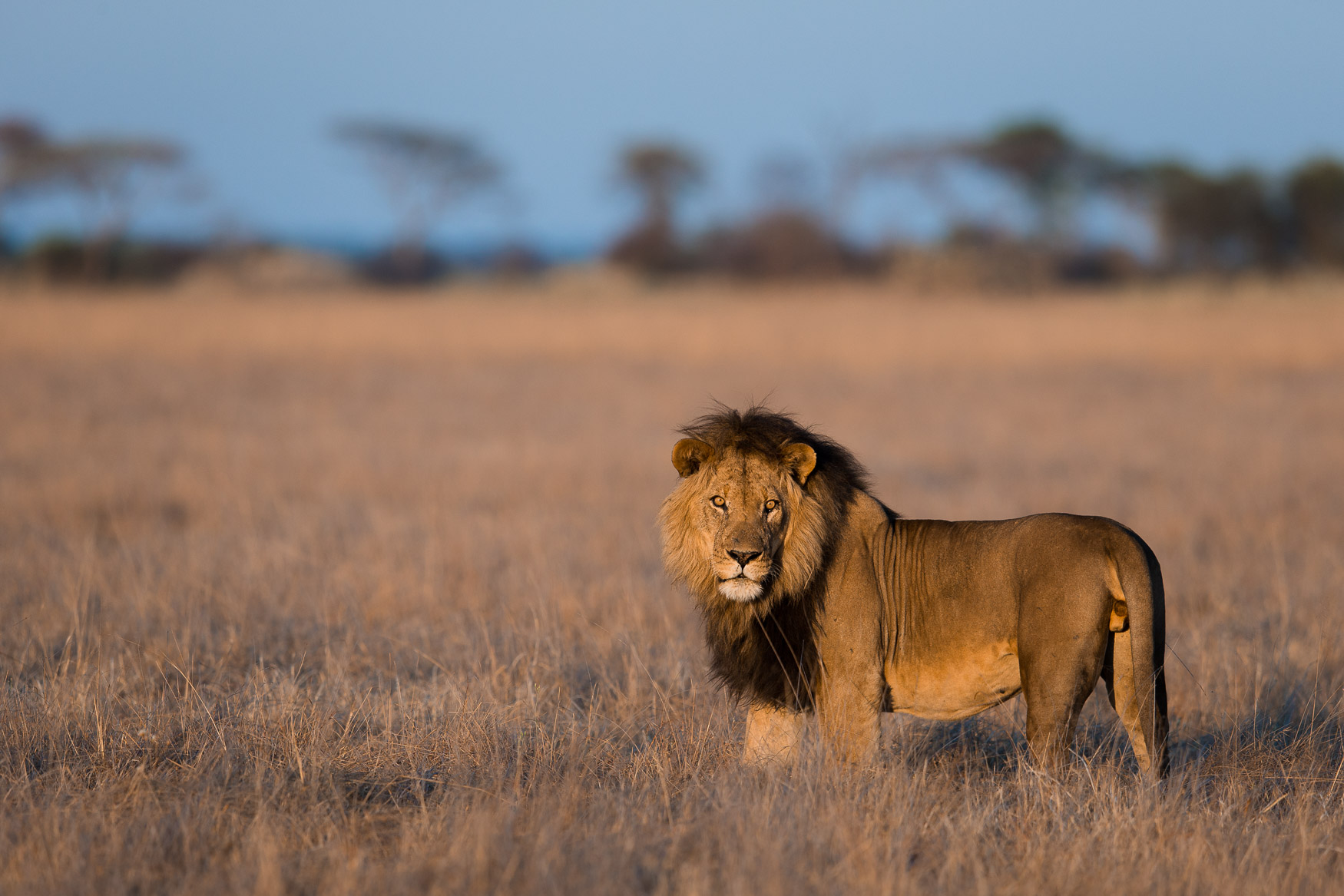
Chitake Springs, Mana Pools National Park, Zimbabwe
Those who have been will know, this is the Africa of old.
Chitake can be an extremely intense experience and is really only reccoemnded for the more adventurous traveller who is comfortable being on foot in a big game area. Chitake is a sensory experience and for a number of years I would only see fresh tracks or hear the roars of lions, they were everywhere but no-where to be seen at the same time.
The Chitake Spring is an area of crucial importance to a great variety of wildlife occurring in this southern part of Mana Pools National Park. Water flows strongly out of the ground and flows for up to a kilometre along the otherwise dry riverbed of the Chitake River. As more of the surrounding waterholes dry, the spring becomes the focus of survival to a wide variety of game which have to come to the spring to drink.
This makes is the ideal spot for predators such as wild dog, leopard and lion.
I mentioned that it took me years to before eventually seeing lion here but, when I did, it was nothing short of spectacular as we sat across the spring watching a pride of 21 lion feeding on an elephant that they had killed overnight.
This was one of those males set against the steep embankments of the Chitake Spring.
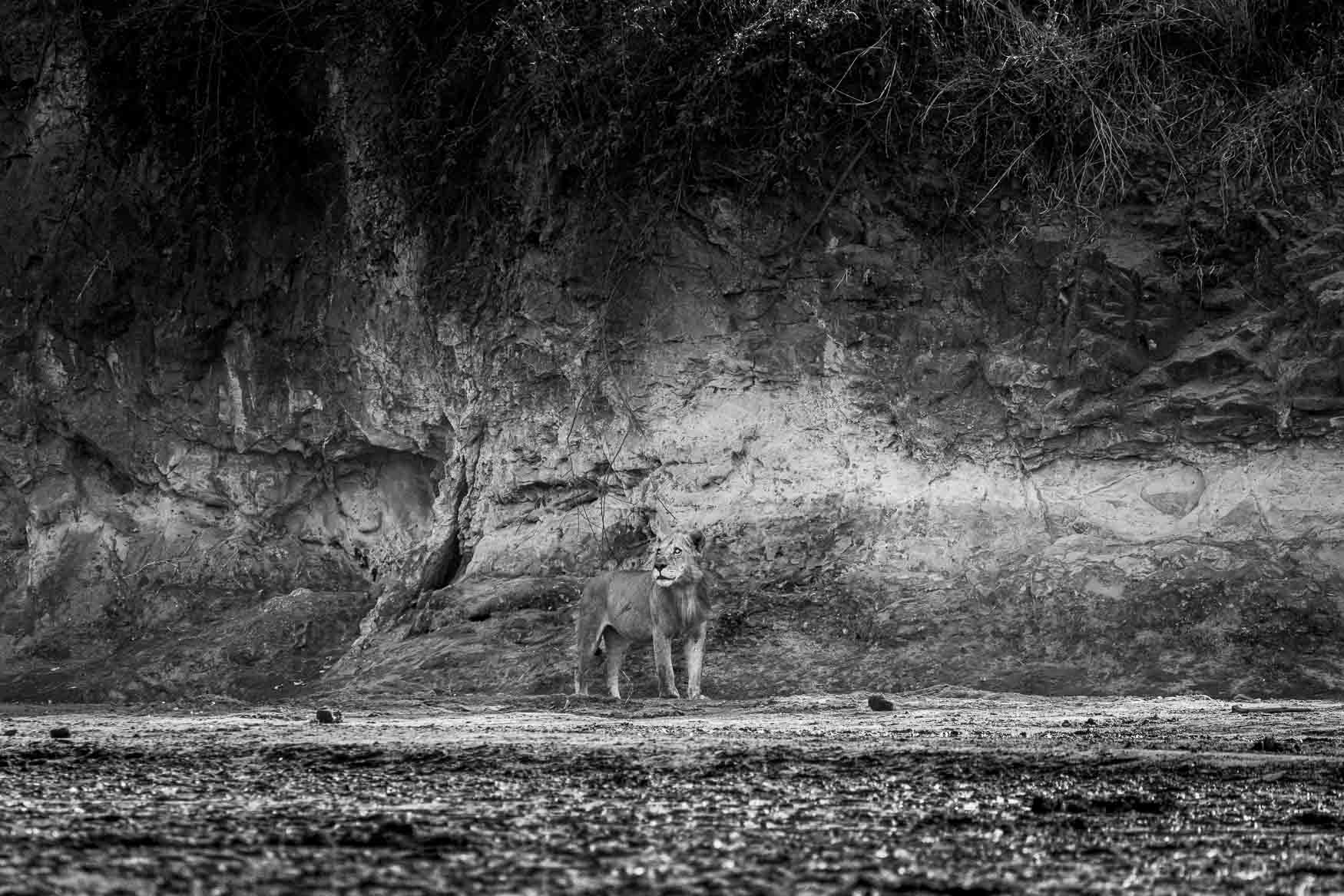
Ruaha National Park, Tanzania
This is another one of the stops on what I refer to as the "secret south" circuit in Tanzania. Alongside, and easily combine-able with, the Selous this has to be one of the best kept secrets in Tanzania affording guests the opportunity to experience the wilderness with relatively few other vehicles.
Unfortunately, despite the size of this National Park, lions here are still facing the threats posed by human wildlife conflict and thats where there is some incredible work being done by the Ruaha Carnivore Project team.
Working closely within these local communities revealed that there was an extremely high level of human-wildlife conflict and carnivore killing: in fact, their data showed that the core study area had the highest recorded rate of lion killing anywhere in East Africa.
However, it could well be that similar levels of killings are occurring elsewhere, but without grassroots presence, it is very hard to detect and address. The Ruaha Carnivore Project team found that the main reasons for killing carnivores were attacks on livestock, a lack of benefits from wildlife presence, and cultural traditions which encouraged young warriors to kill lions.
This killing does not only affect lions – poison was often used to kill wildlife, with devastating effects on critically endangered species such as vultures. It is important to realise that much of this killing is legal, as people are allowed to kill wildlife to protect themselves and their livestock – and it is also understandable, almost no-one would be prepared to live alongside these animals under these conditions.
It became obvious that the only way of having long-term conservation here would be changing the situation so that the benefits of wildlife presence for local people outweighed any costs.
And that, pretty much applies to just about every conceivable landscape that currently supports lion populations.
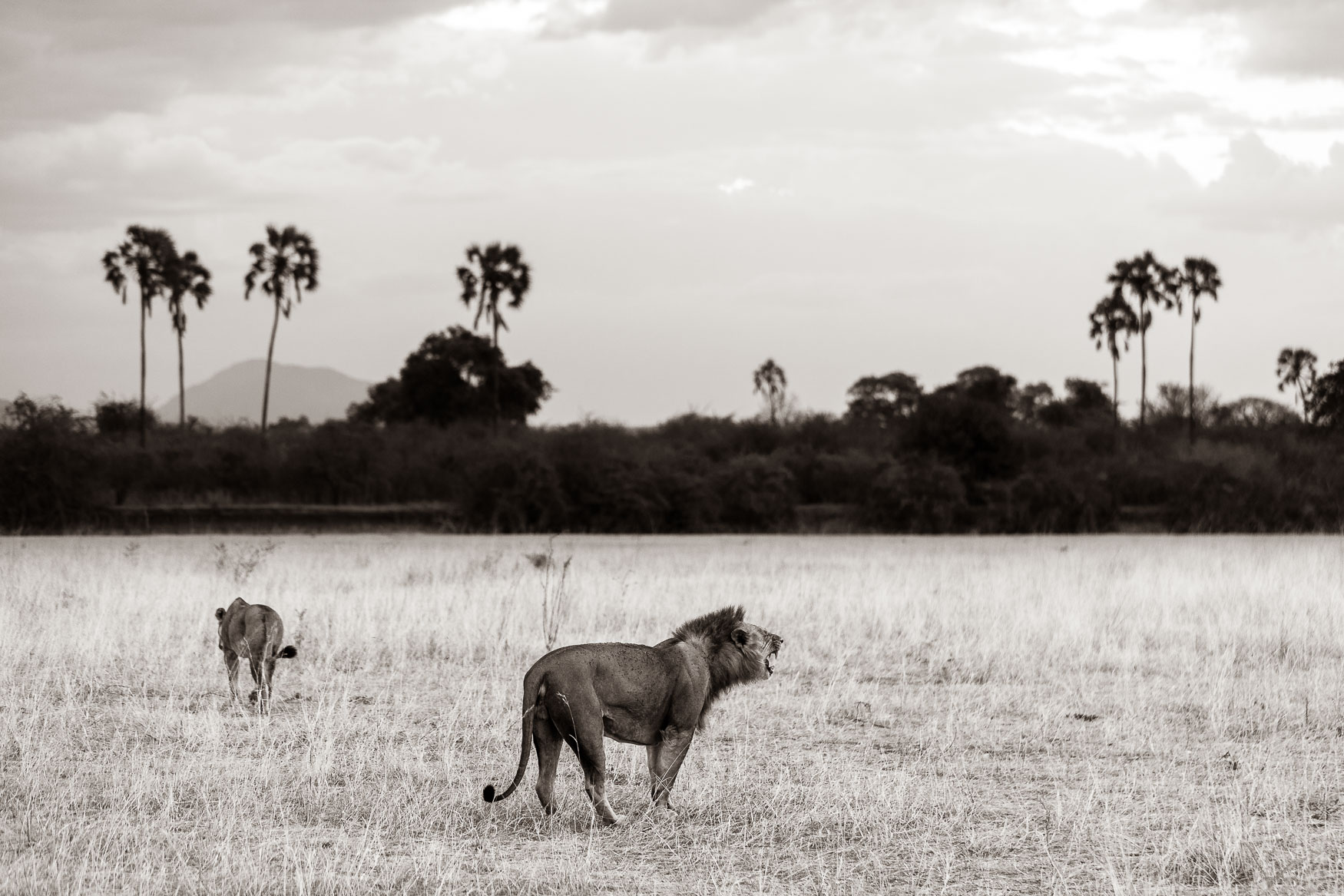
Beyond Cecil: Lions in Crisis
Few stories about an individual wild animal have had as much global impact as that of Cecil, the magnificent, black-maned lion that was illegally hunted in Zimbabwe in July 2015. The massive outpouring of grief and anger spurred significant global restrictions on the import of African lion trophies, and it raised the bar for hunters and governments by requiring them to provide scientific evidence of the purported benefits of lion hunting to the species.
More importantly, this tragedy focused worldwide attention on the plight of the African lion, which is now known to be racing toward local extinction throughout much of the continent. Contrary to popular belief, trophy hunting is a small factor in the fate of the African lion—a relatively minor battle in the larger war on lions that has caused their populations to plunge by more than 43% in the past two decades to just around 20,000. In the same period, populations in West, Central and East Africa are collectively estimated to have declined by 60%.
I'd like to encourage you to take a couple of minutes of your time and read through this incredible report pulled together by Panthera, WILDCRU and WILDAID in the hopes that you will gain a greater understanding of the challenge that Lions across the continent are facing.
I have been fortunate enough to fall asleep at night listening to the sounds of lions calling in the distance. To to think that we as humans might deny future generations, of that privilege makes me very sad.
So, this World Lion Day, let's rise up in support of these big cats and let lions live!
